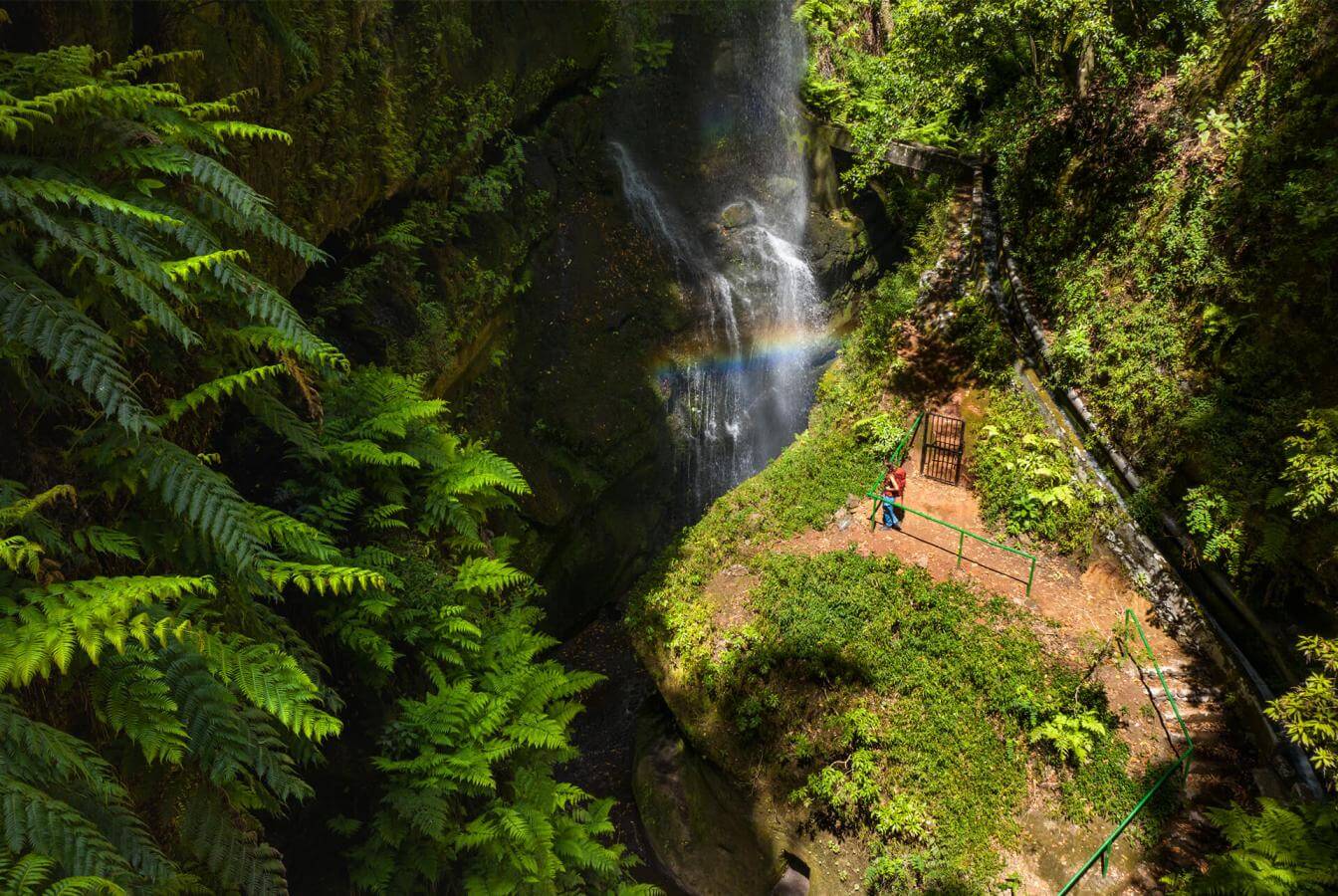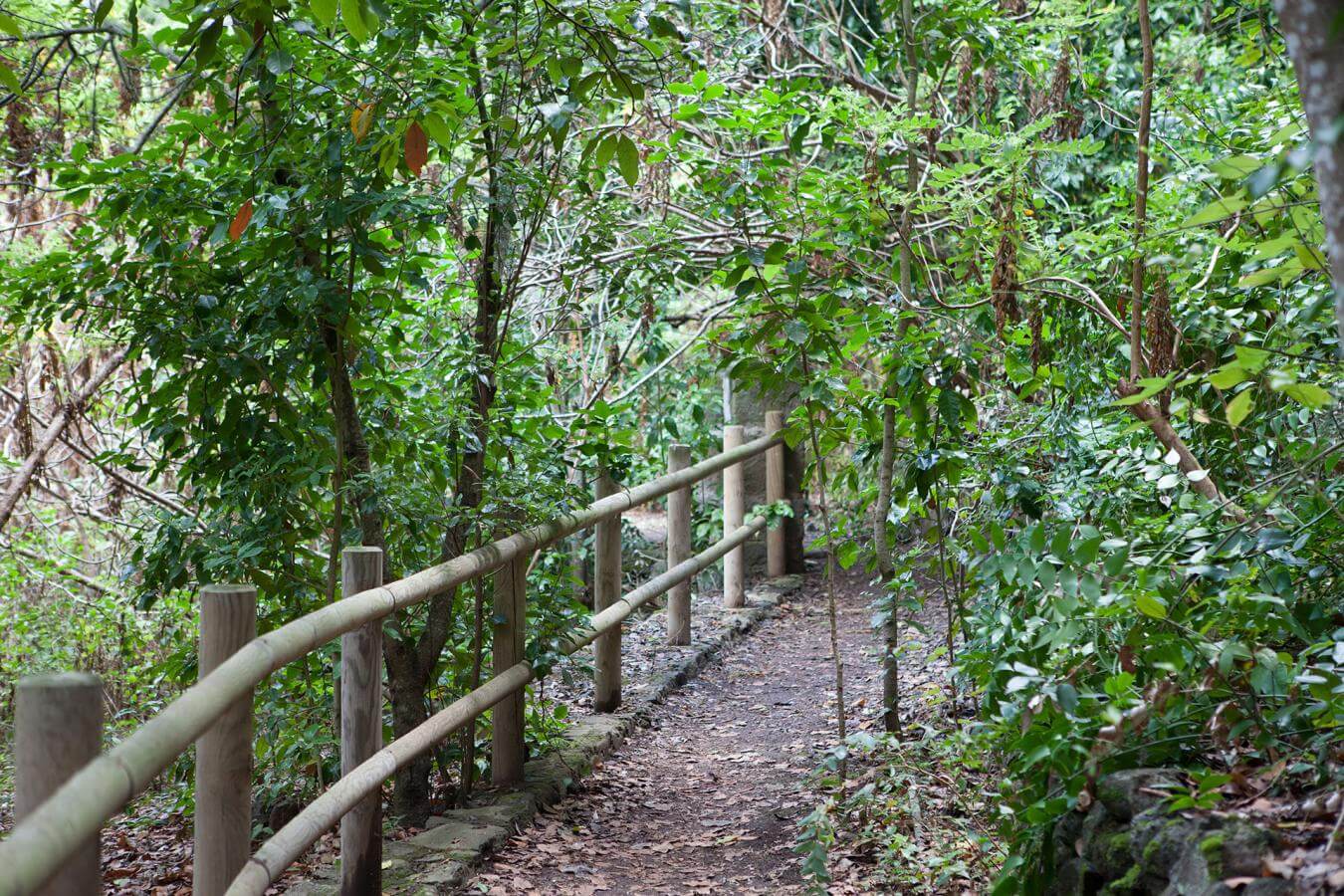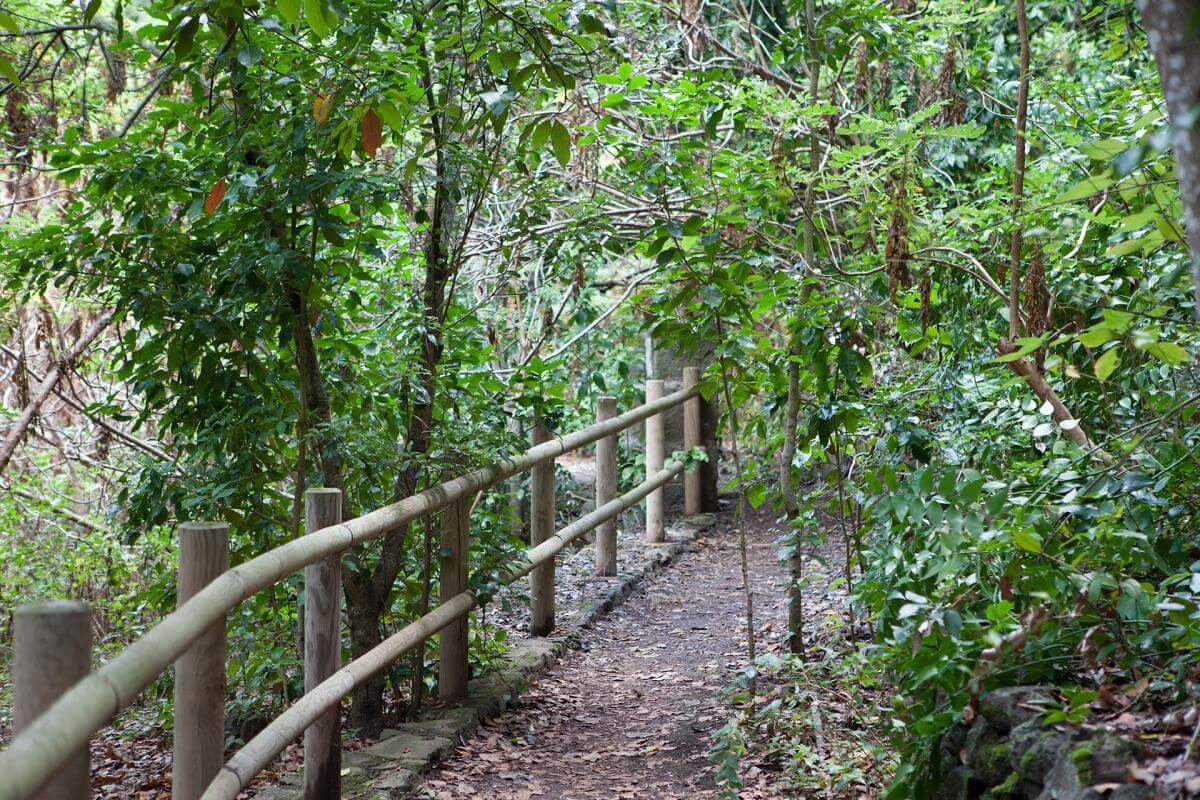Imágenes
Imagen

Imagen


Imagen

Imagen


Sustainability
Sostenibilidad
- Never leave waste of any type lying around, including cigarette butts. Leftover food leads to a proliferation of rats and wild cats, which pose a serious threat to the fauna.
- Use the waste- paper baskets and, insofar as possible, separate and place your recycling waste in the appropriate containers.
- Do not throw any waste or other objects into the sea.
- Respect the animals. Do not bother them or feed them. If you see an injured specimen, you can call the emergency number: 112. Do not pick flowers or plants.
- Do not pick up or take away stones or any other item from the natural environment. And do not move them to pile them up into sadly famous 'towers'.
- In natural spaces and at viewpoints, do not leave the trail or the spaces designated for people to be in.
- Respect and look after the area's historic and cultural heritage, along with the public furniture and items for visitors, such as information panels or telescopes and binoculars.



